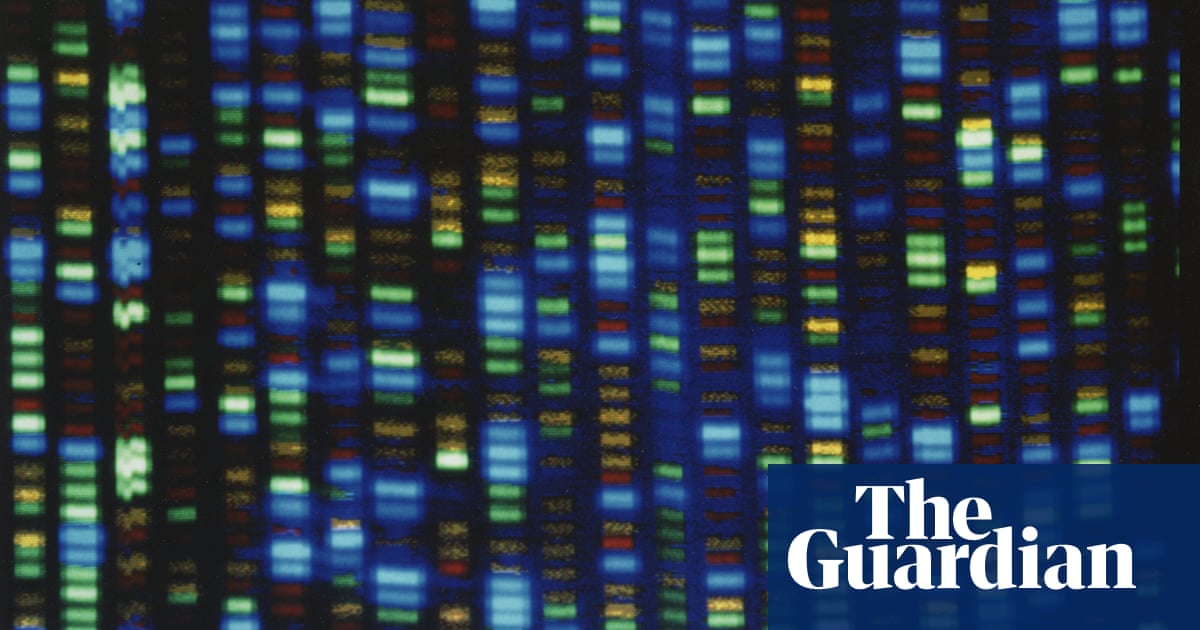A genetic disorder that causes severe disabilities in children and adults has been discovered by researchers who believe the newly identified condition could affect hundreds of thousands of people around the world.
Scientists have already diagnosed hundreds of people in the UK, Europe and the US after examining their DNA and spotting mutations in the gene linked to the disorder. Far more are expected to be found as further testing takes place.
The condition causes severe developmental delay and many of those diagnosed are unable to speak, are fed through a tube and have seizures. The disorder produces characteristic facial features, such as large cupped ears, full cheeks and a mouth with downturned corners.
“It’s not unusual to discover a neurodevelopmental disorder, but it is incredibly unusual to discover one that is this common,” said Nicola Whiffin, an associate professor at the Big Data Institute and Centre for Human Genetics at the University of Oxford. “This is surprisingly frequent. There are a lot of questions as to why we haven’t seen this before.”
About 60% of people with a neurodevelopmental disorder (NDD) remain undiagnosed after comprehensive genetic testing, leaving them in the dark about the underlying cause.
A formal diagnosis can help patients and families by identifying the reason for the condition and connecting them with others to form support groups. For scientists, knowing the genetics of an NDD paves the way for broader testing and research on future therapies.
Most work that aims to uncover the genetic causes of NDDs focuses on genes the body uses to make proteins, the building blocks of life. But after analysing the complete genomes of nearly 9,000 people with undiagnosed NDDs, an international collaboration led by Whiffin made a chance discovery.
Dozens of the patients, all of whom were enrolled on the 100,000 Genomes Project, led by Genomics England and NHS England, had mutations in the same gene, RNU4-2, which is not used to make proteins.
Mutations in the gene are estimated to account for nearly 0.5% of all neurodevelopmental disorders globally, a small proportion but one that amounts to hundreds of thousands of people. Details are published in Nature.
“We know of hundreds of patients, but one of the key issues is that we are limited to making diagnoses in patients where we have their whole genome,” Whiffin said.Decoding patients’ entire genetic code is becoming common in the UK and other developed countries, but some nations do not have the means to read whole genomes at scale.
One hope for the future is to use artificial intelligence tools to recognise the disorder from facial features alone. If that pans out, doctors could diagnose patients with the disorder by simply uploading their portrait for analysis.
Three years ago, Nicole Cedor, the mother of 10-year-old Mia Joy, was told there was nothing more doctors could do to identify her daughter’s condition. She was recently diagnosed with the disorder.
“We resigned ourselves to the fact that we may never find out. So, you can imagine our shock to get this news,” she said. “We are so grateful to each person on the research teams that worked tirelessly to find this diagnosis. It is one thing to write papers and crunch all that data, then another to see a family with a precious unique child who is living it day by day. This where the data meets real life. We like to refer to RNU4-2 as “renew”, as our family is being renewed by this new information and hope for the future.”
Whiffin said there were multiple benefits from having a diagnosis. Some mothers fear they may have caused the disorder by doing something wrong in pregnancy, which the diagnosis puts to bed. Perhaps the most important benefit is that affected families can come together and form groups to lobby for further research and support.
There was also hope for the future, Whiffin said. “We are at a really exciting point where we have all these genome-targeted therapies,” she said. “There’s a question around whether we can make much difference to something that is so developmental, but perhaps we can do something to improve the seizures, to improve quality of life. This at least opens the door to trying those things.”
Dr Anne O’Donell-Luria, co-director of the Center for Mendelian Genomics at the Broad Institute of MIT and Harvard, identified more than 10 families affected by the disorder after Whiffin shared details of the discovery. “As we reached out to other collaborating researchers, they also identified an unprecedented number of diagnoses including from many patients and families who have long been seeking answers,” she said.
“Not having a diagnosis or an explanation for why the medical problems are occurring leaves patients and their families without a community, not knowing what other complications might be coming, and unable to know what steps to take next.”
O’Donnell-Luria said that identifying the RNU4-2 diagnosis was an important first step towards a better understanding of the underlying biology of the condition, and provided hope and a potential research path towards a therapy.

